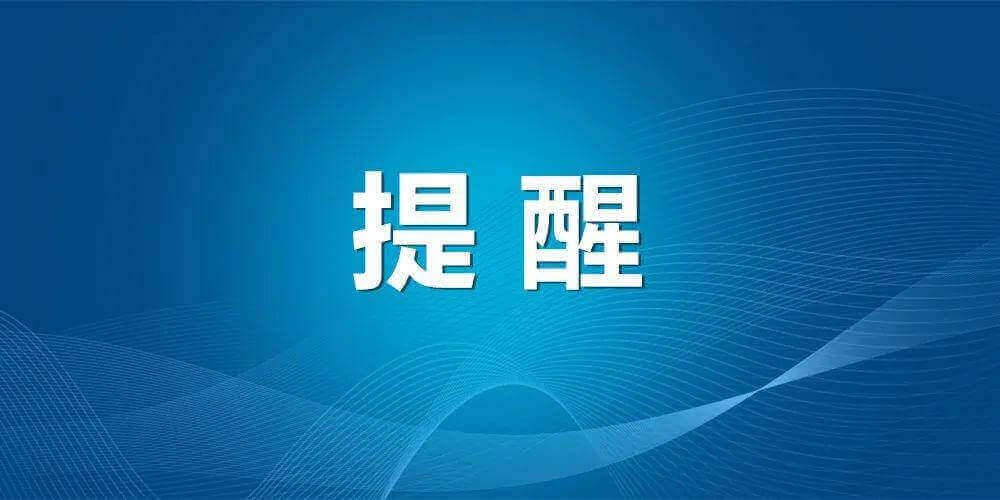The recent arrival of a Chinese naval fleet in Vietnam’s southern port of Cam Ranh Bay has sparked considerable attention and raised questions about the implications for Vietnam’s foreign policy and its stance in the South China Sea. Comprising three massive vessels, the fleet’s presence serves as a reminder to Vietnam about the complexities of its geopolitical environment and its efforts to navigate between major powers.
The fleet, known as the 987舰艇编队, consists of the 071型登陆舰 Wuzhi Shan (Five Fingers Mountain), the Qilian Shan (Qilian Mountains), and the 052D型驱逐舰 Hefei (Hefei). This naval force had been deployed to Tanzania for the Peace and Unity-2024 joint exercises and made a technical stop in Cam Ranh Bay for a three-day resupply and rest period. This visit was part of the fleet’s military diplomacy efforts during its return journey, having previously made a stop in Sri Lanka.
Vietnam took the visit seriously, with its own navy’s Giang Trung (Light Loyalty) frigate sailing 30 nautical miles to greet the Chinese fleet. The visit included a series of exchanges between Chinese and Vietnamese naval personnel, including ship visits and joint exercises.
The visit by the Chinese navy to Cam Ranh Bay is not a spur-of-the-moment decision but rather a pre-planned military exchange between China and Vietnam. This reflects the ongoing deepening of military trust and the enhancement of bilateral military cooperation between the two countries.
Vietnam has been implementing a Bamboo Diplomacy strategy in recent years, trying to maintain a delicate balance between major powers, including China and the United States. This strategy aims to ensure economic growth through cooperation with China while avoiding strong sanctions from the United States.
Vietnam has also capitalized on the increasingly tense relationship between China and the Philippines, as the Philippines seeks to cooperate with other ASEAN countries to address the South China Sea situation. Vietnam has been actively communicating with the Philippine government, attempting to secure more benefits.
However, Vietnam’s actions in the security domain have been active, trying to balance various parties. Before the Chinese navy’s visit, Vietnam’s Defense Minister Phan Van Giang had visited both China and the Philippines, signing new cooperation intention documents and confirming the signing of a formal military cooperation agreement later in the year.
Despite Vietnam’s attempts to maintain a delicate balance, it remains a key player in the South China Sea issue, with the largest number of illegally occupied islands in the Nansha Islands. Vietnam has continued infrastructure development on these occupied islands while focusing on the situation with the Philippines.
In its interactions with the Philippines, Vietnam has also shown some cautious tactics regarding the South China Sea issue. After Giang’s visit to the Philippines, Philippine President Ferdinand Bongbong Marcos Jr. thanked Vietnam for its support of the so-called South China Sea Arbitration Case on social media but later deleted the statement. This suggests Vietnam’s concerns about China’s reaction.
Vietnam’s pursuit of a friendly relationship with China is more a strategic choice made by the Vietnamese government, with domestic voices opposing long-term development in Sino-Vietnamese relations. Annual events like the commemorations of the赤瓜礁 sea battle demonstrate this domestic sentiment.
The visit of the 987 fleet, with its two登陆舰 as the core, showcases the People’s Liberation Army’s (PLA) long-range deployment capabilities. This sends a clear message to Vietnam that while China seeks to deepen bilateral cooperation and build a community with shared future, it will not tolerate ambiguous attitudes on the South China Sea issue.
The visit of the Chinese navy to Cam Ranh Bay underscores the need for Vietnam to understand China’s intentions and maintain a balance in its foreign policy. Whether Vietnam can handle the South China Sea issue properly while pursuing its Bamboo Diplomacy remains to be seen.
Views: 0
